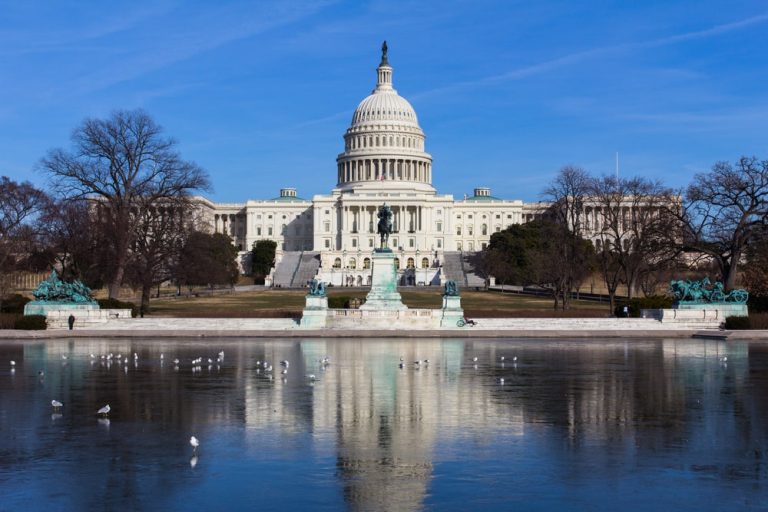Arguably, the least enjoyable part of a PR professional’s job is telling a client no: “No, we shouldn’t do a press release on that.” “No, we shouldn’t put that spokesperson on live TV.” Worst of all: “No, this is not newsworthy.”
Telling a client that something they did is not newsworthy is akin to personally insulting one of their family members. Companies work hard to achieve results that move their businesses forward, and they understandably want recognition for that. Sometimes they desperately need attention and third-party validation to help drive sales, rebuild a damaged reputation or even support a depressed stock price. However, it the responsibility of PR professionals to appropriately manage expectations and protect management credibility and brand integrity, while positioning clients for long-term success with the media and beyond. We promise we’re not trying to offend when we tell you that something likely will not sing.
Who Decides What Is Newsworthy?
There is no single definition of what is newsworthy. Each client is different, each industry is different and each media outlet and reporter is different. And the circumstances around us influence that definition every second as macro developments change what matters to the world and those primarily responsible for delivering that information to them: the media. Good PR practitioners are constantly attuned to what is being covered in their client’s sector so that they can provide sound counsel when a client presents an idea for a news announcement. Great PR practitioners are always on their front foot, working backward from what is topical in the news to proactively find a way for their clients to be relevant within that context.
But while the determination of what is newsworthy is constantly evolving, there are a number of common denominators that should guide your evaluation of, and ultimate decision-making about, potential news announcements:
Be Unique
While there is no such thing as an original idea, reporters are loathe to write the same story twice. If you are one to announce a similar initiative, the likelihood of securing coverage without a new or unique element to that story is low. Just because someone else got coverage for the same news, doesn’t mean you will. In fact, it may be the reason you can’t.
Be Ready for Prime Time
It is easy to want to run before you walk when it comes to exciting new developments. Ensure that the news you want to share is fully baked and that you can support all aspects of the story you want to tell with substantive proof points. Sharing a “half story” with a reporter won’t get you anywhere.
Be Timely
Issuing a press release on a Friday at 4 p.m. is a good way to ensure limited coverage. In fact, this tactic is intentionally used at times to bury bad news, as by this time, both reporters and the public are more focused on their weekend plans. More important than day and time is a timely hook to your news. For example, are you launching a sustainability initiative? Consider releasing the news during Climate Week or Earth Day, as media will be looking to cover timely topics. Or create your timeliness by holding an event or issuing the results of a survey or other content you created to accompany your announcement.
Have Third-Party Support
Media have long-since tired of promotional, self-serving company news. They are not in the business of running commercials. To help add weight to your news, consider potentially tying in an academic institution, a think tank, a revered industry expert or even another reputable, complementary/non-competitive company. Showing media that you have buy-in from others can help encourage them to consider covering the news at hand.
Don’t Be Old News
Be strategic in who you take your story to and in what order. It is not entirely uncommon for media to decline covering a news announcement because they have already seen another media outlet cover the same news. Understandably, the media strives to cover new and original content that wins readership. They’re not eager to cover news that someone else already has. At the same time, find ways to make the news relevant in different ways to different audiences — your news can be covered differently by the financial media outlets than trade or local media outlets.
We are now entering one of the most historic, saturated, jam-packed and competitive news cycles of our lifetime leading up to the general election on November 3. Clients often ask why their news may not get covered if their typical target reporters don’t cover politics. The reason is that the majority of other content that isn’t in some way related to debates, candidates and the election is no longer a priority for most news outlets. Further, we know of plenty of reporters who have typically covered an unrelated topic — say retail or energy — that temporarily move to the political beat for a short time to support their team and the massive amount of news produced during this cycle.
Savvy PR professionals will always find unique ways to make news for their clients and companies even when there is no news to tell. We must balance that with the reality of the punishingly tough news cycle. When considering presenting your PR team with a news announcement, try to remove yourself from it and observe with an objective eye. Is this the first? Is it the biggest? Is it fully baked? Is it timed with a major existing news event? Do we have a real story to tell, or are we just trying to get free advertising? If not, work collaboratively with your PR counsel to find what may be a newsworthy opportunity to secure valuable media coverage. Often, we find great news hooks in something no one ever thought would generate coverage.
To learn more about the elements of an effective PR strategy, download our eBook, “PR 101: A Guide for Today’s Public Relations.”



